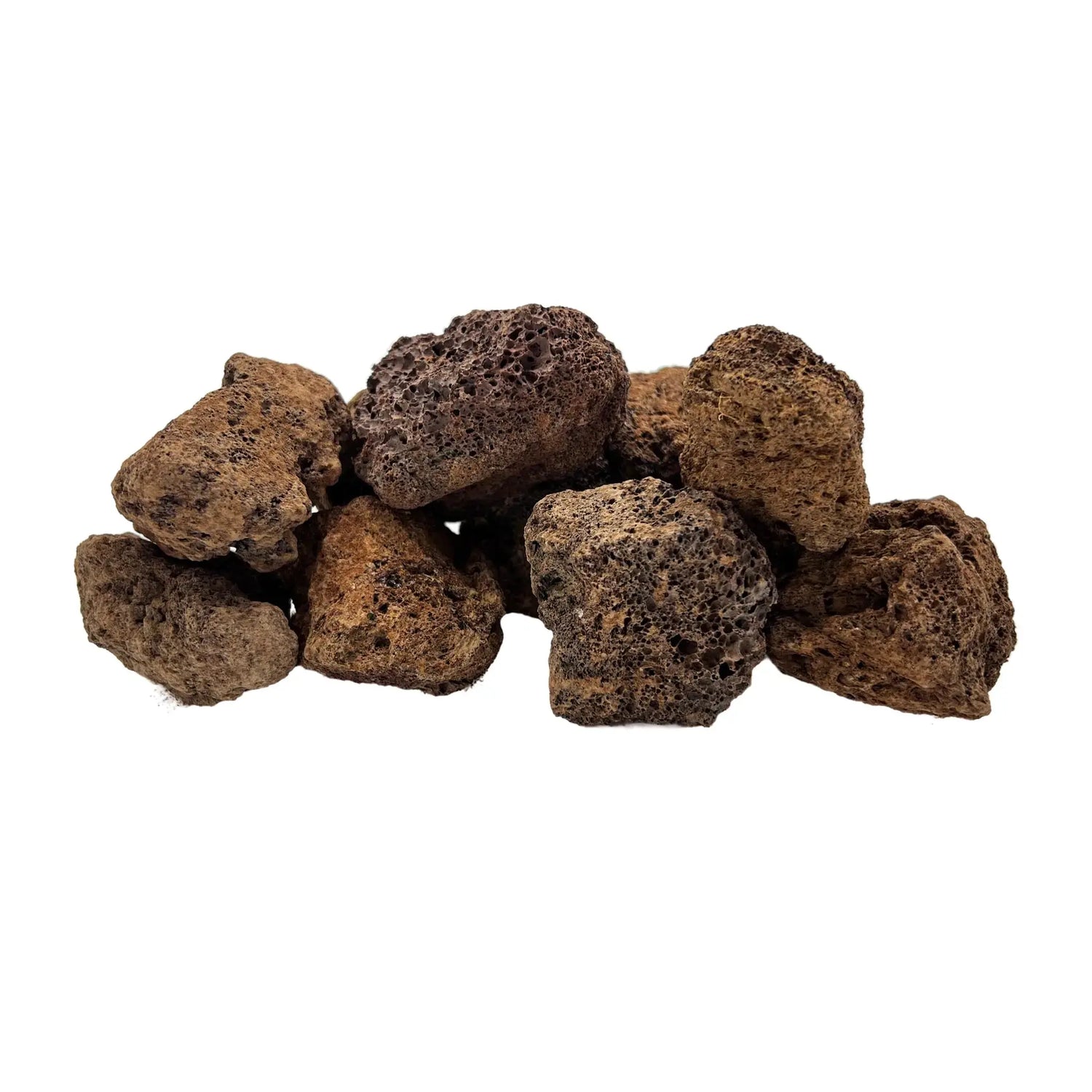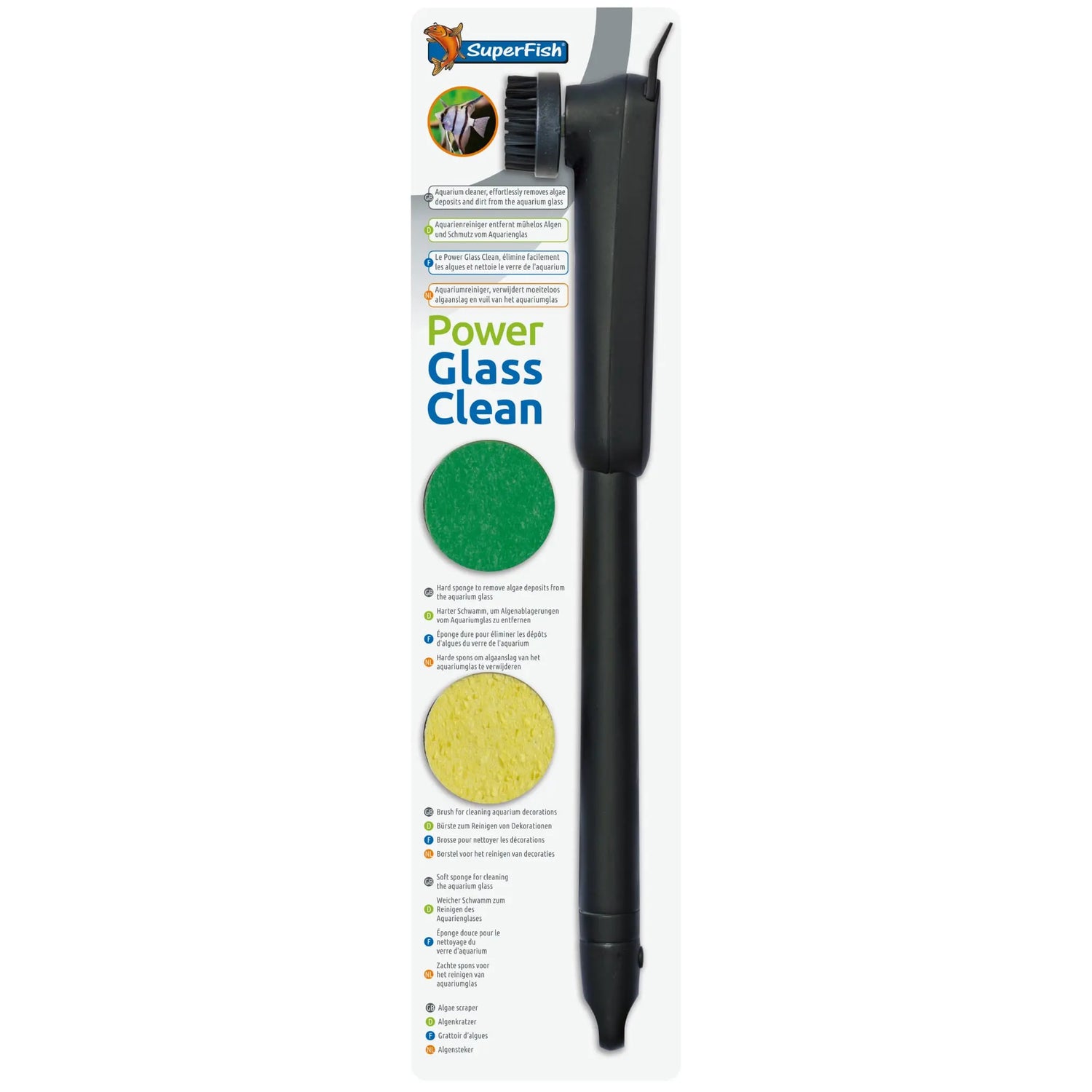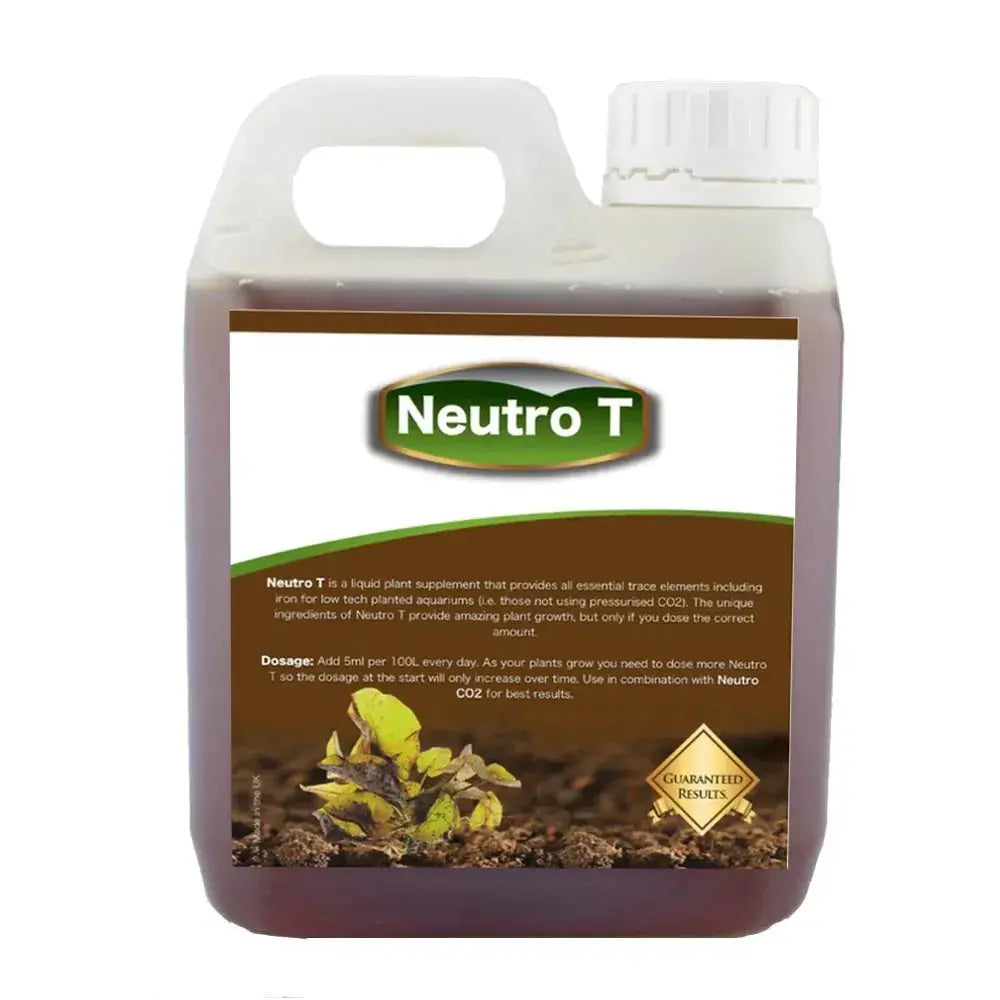With a high emphasis on flow rate in a planted aquarium I found this latest video which Mark Evans shot, very interesting.
The general idea is that you filter 10 times the tank volume of water per hour so if your tank is 100L, you would look to have a filter that filters 1000L per hour. Fairly straight forward right? But in a larger aquarium is this necessary? I always thought it was until today. Mark's aquarium is large, 363L. Previous calculations would mean the filter/s would need to move 3630L per hour but it's quite a lot less this time and the flow rate is 2600lp/h and as you can see from the results, it's pretty incredible. Flow rate is much slower but with no negative impact.
Interestingly enough the CO2 is also fed into the external filter via the inlet and the results mean that you don't have thousands of tiny bubbles floating around the tank. The diffuser is an UP 16mm Inline Diffuser - in the past these have always been plumed in on the outlet but I do like the idea of not having to look at all the bubbles...
A lot of people ask where they should place their powerheads or filter outlets in order to get the right sort of water movement and as you can see from the clip, a large spraybar is positioned which pushes the water across the tank and at the opposite side is a lily pipe positioned very close to the water surface. Now I'm not sure if this is to keep the surface polished or if it's another reason. Maybe if Mark reads this post he could enlighten us :) What I do like to see is some water movement at the surface and it's clear that there is a gentle ripple - this makes the water shimmer a little too along with the help of his metal halide lighting. In the past hobbyists were keen on maximum Co2 absorption and kept the surface almost still which caused nothing but problems. Dust would build up very quickly and then this could turn green blocking off light.
I also like his positioning of the drop checker. Right under the spray bar - odds are he won't have a great deal of flow around there so if the drop checker is green there, you can bet it's bang on for the rest of the aquarium.
All in all, you can see Mark does things a little differently to most hobbyists and this is why he gets such super results. He tries, experiments and learns and his skills are getting better and better all the time.
I would love to hear what other people think of his tank and also where they position their drop checker.





